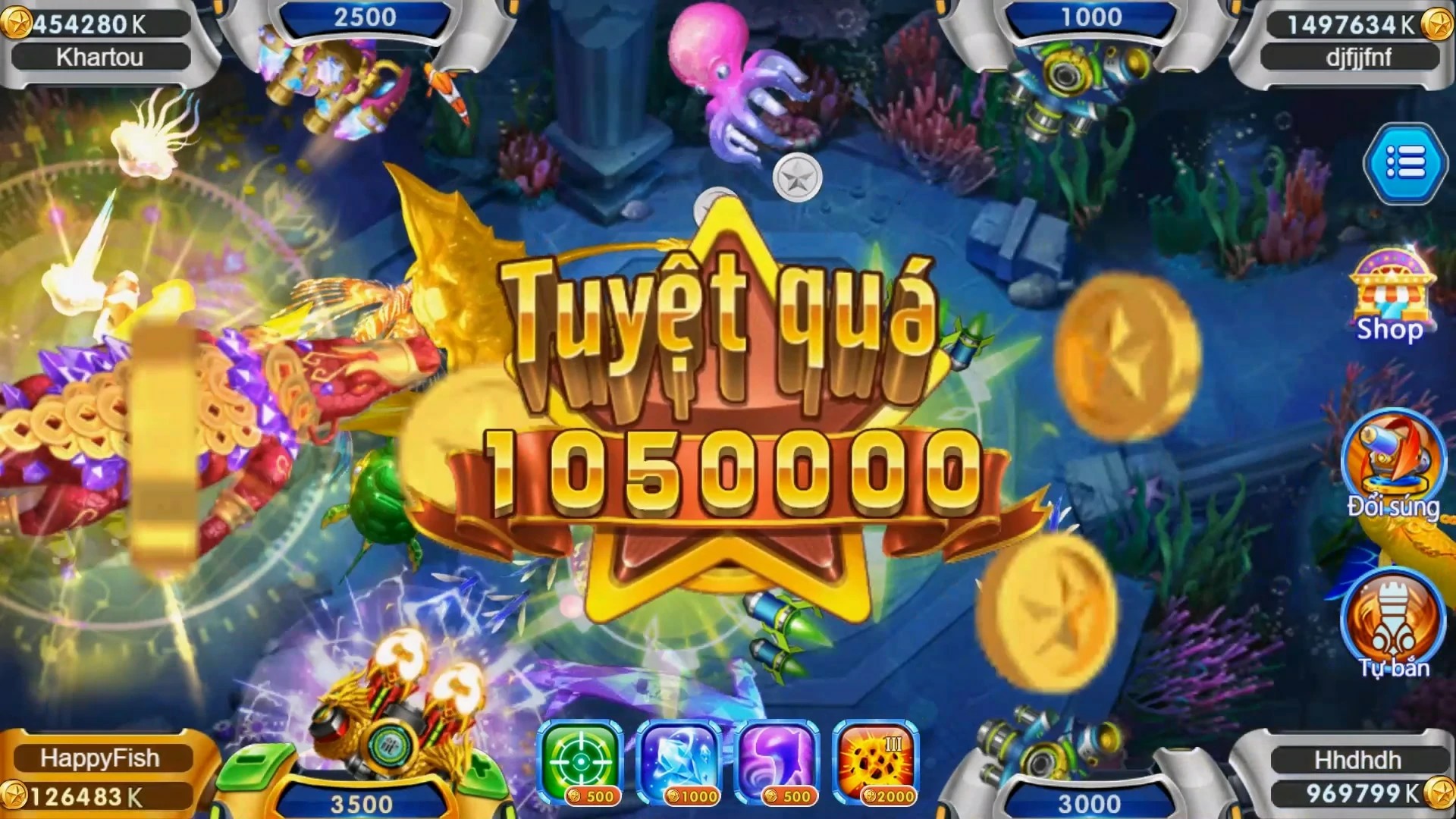Why Hyper Casual Multiplayer Games Are the Future of Online Gaming
Understanding Hyper Casual Multiplayer Games
In recent years, the gaming industry has experienced a significant transformation, primarily propelled by the advent of hyper casual multiplayer games. These games are simple, easy to learn, and often addictive, making them incredibly popular among players of all ages. Unlike traditional multiplayer titles, hyper casual games emphasize quick gameplay sessions, allowing players to jump in and out without a hefty commitment. This accessibility can lead to massive player bases, which is crucial in today’s fast-paced gaming culture.
The Rise of Multiplayer Games
The term “multiplayer games” refers to any gaming experience where multiple players engage simultaneously, either as teammates or opponents. This genre has been around for decades, gaining momentum with titles like PUBG, which utilized battle royale mechanics. However, many traditional multiplayer games come with complications—whether it’s lengthy matches, intricate mechanics, or the infamous “PUBG game crashes after every match” syndrome. Hyper casual games, on the other hand, offer a refreshing alternative.
Why Hyper Casual?
So, why should hyper casual games be at the forefront of online gaming? The answer is simple yet profound. The gaming mentality has shifted. Players are looking for quick entertainment and social interaction, rather than complex narratives or high-stakes gameplay. A study indicates that the average session length for hyper casual games is about 5–10 minutes. This brevity caters to modern players, who might be balancing busy lives while still yearning for enjoyable gaming experiences.
Key Features of Hyper Casual Multiplayer Games
- Simplicity: The mechanics are straightforward, allowing anyone to start playing without a steep learning curve.
- Accessibility: These games can be played on various devices, from smartphones to personal computers, providing more entry points for gamers.
- Instant Gratification: Quick matches cater to players' desires for immediate rewards, enhancing player retention.
Examples of Popular Hyper Casual Multiplayer Games
Here’s a look at some hyper casual games that have made waves:
| Game Title | Platform | Unique Feature |
|---|---|---|
| Helix Jump | Mobile | Simple tap mechanics |
| Agar.io | Web, Mobile | Online player battles |
| Color Switch | Mobile | Color-based gameplay |
Building Communities Through Multiplayer
The social aspect of gaming cannot be overlooked. Hyper casual multiplayer games are designed to promote interaction among players, creating vibrant communities. Players can share experiences, strategize, or simply engage in light-hearted competition. This community feeling is crucial for sustaining interest in games.
Challenges That Hyper Casual Games Face
While hyper casual games have many advantages, they also encounter challenges:
- Market Saturation: With the ease of development, many games flood the market, making it hard for individual titles to stand out.
- Monetization Issues: Finding the right balance between user experience and generating revenue through ads can be tricky.
- Retention Strategies: Keeping players engaged after initial play requires inventive strategies, given the short session lengths.
Hyper Casual vs. Traditional Multiplayer Games
Let’s delve into how hyper casual games stack up against traditional multiplayer titles:
| Feature | Hyper Casual Games | Traditional Multiplayer Games |
|---|---|---|
| Gameplay Duration | 5-10 Minutes | 30+ Minutes |
| Learning Curve | Minimal | Steeper |
| Community Engagement | Moderate | High |
Future Trends in Multiplayer Gaming
The gaming landscape is ever-evolving. As technology advances, hyper casual multiplayer games are set to incorporate new features like:
- Augmented Reality (AR): Making gameplay more engaging and interactive.
- Cross-platform Play: Allowing players on different devices to play together, breaking down barriers.
- Enhanced Social Features: Focus on community-building tools within games.
Case Study: The Impact of Hyper Casual Games
Let’s examine how one hyper casual multiplayer game turned the tide:
Fall Guys took the world by storm by introducing battle royale mechanics with light-hearted mini-games. Players quickly found themselves immersed, competing against friends and strangers alike. The success of such titles illustrates how blending elements of multiplayer with casual gameplay can yield significant results.
Conclusion
In summary, the future of online gaming undoubtedly leans towards hyper casual multiplayer games. Their simplicity, accessibility, and social engagement strategies make them appealing to a broad player base. As we venture further into this digital age, these games will continue to break barriers, providing exceptional experiences for both casual participants and dedicated enthusiasts. The rise of hyper casual games marks a pivotal shift, ensuring that everyone, regardless of skill level or time constraints, can enjoy the thrill of multiplayer gaming.



